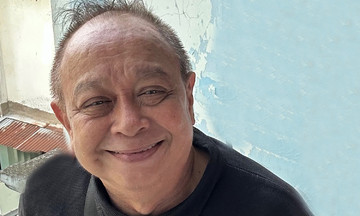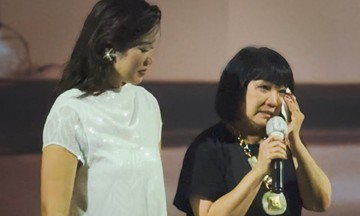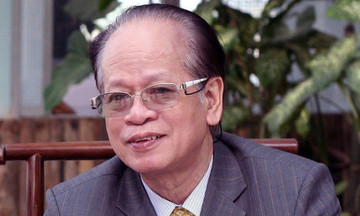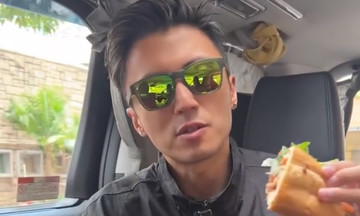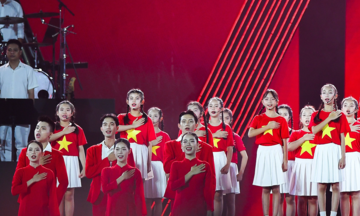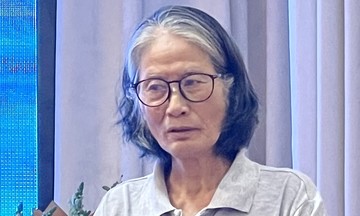The 500-page publication, comprising three sections—Saigon's Sorrow, Saigon's Embrace, The Final Victims—and numerous subsections, reflects the reality of combating Covid-19 in Ho Chi Minh City in 2021.
The book reads like a diary, with many entries originally posted on social media four years ago. Initially, Hanh wrote for personal solace, with no intention of publishing. A technical glitch on her personal page once caused her panic when her posts vanished. Her adopted son later helped recover the content, prompting her to compile it into a book.
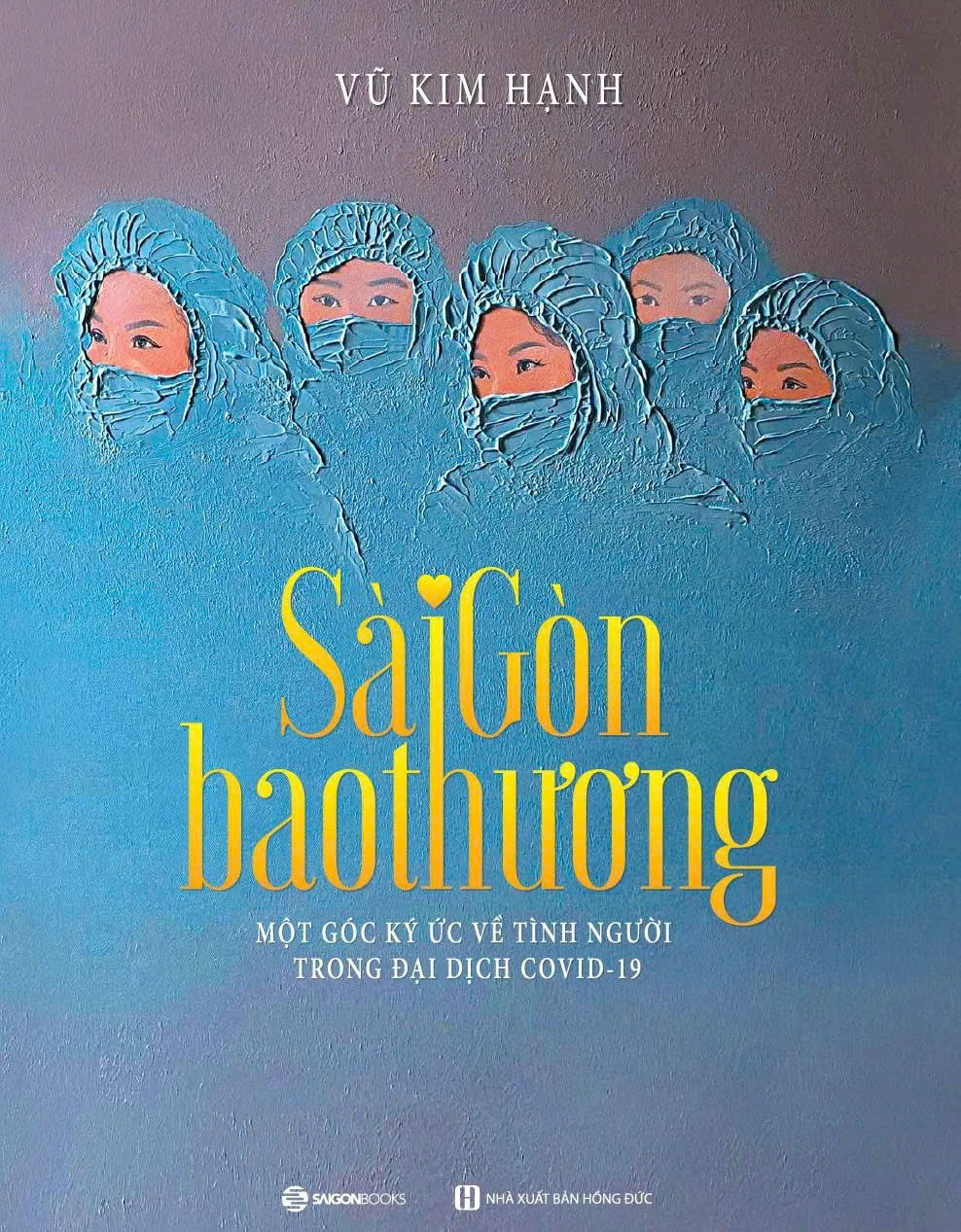 |
"Saigon's Embrace" is published by Hong Duc Publishing House in collaboration with Saigon Books. Photo: Provided by the publisher |
"Saigon's Embrace" is published by Hong Duc Publishing House in collaboration with Saigon Books. Photo: Provided by the publisher
The first section takes readers back to unforgettable memories. On 15/1/2023, Ho Chi Minh City recorded its first Covid-19 case. As cases rose, preventive measures were swiftly implemented. Entries like "When the Ward Comes to Rope Off," "Closing Rivers and Markets," and "Social Distancing Directive" depict a period of hardship.
In "For Saigon, Stay Home and Follow 5K," Hanh writes: "Nguyen Cu Trinh Ward, District 1, had one of the highest numbers of blockaded areas in the entire district, with nearly a hundred positive cases, mainly in alleyways. In Alley 126 alone, there were seven cases—four adults and three children undergoing treatment—and 85 residents were quarantined from 25/6/2021."
The pandemic claimed many lives, including prominent figures in the arts like singers Phi Nhung, Ngo Quoc Linh, Le Thu, and director Le Van Tinh, a master of southern theater. In literature, the Ho Chi Minh City Writers' Association lost three members to Covid-19: writer Truong Dam Thuy, poet Tran Huu Luc, and writer Nguyen Quoc Trung.
The second section highlights the compassion between people and the support from distant friends sent to the south during the dark months. Hanh's emotional narrative recounts stories like artist Phan Cam Thuong auctioning two paintings, "The Pagoda Pen Queen" and "Flute Sound," raising 100 million VND. He contributed this sum to the Vong Tay Viet charity program. Businessman Huan Tran provided meals for medical staff and purchased ventilators for patients.
Young entrepreneur Kien Phuoc Nguyen Tan and his partners "brought green back to Saigon," delivering vegetables, fruits, and eggs to charity kitchens. During the peak of the pandemic, the "oxygen ATM" team emerged, readily delivering oxygen tanks throughout the city to help save lives. "How can I fully tell the stories of these boundless acts of kindness?", Hanh asks.
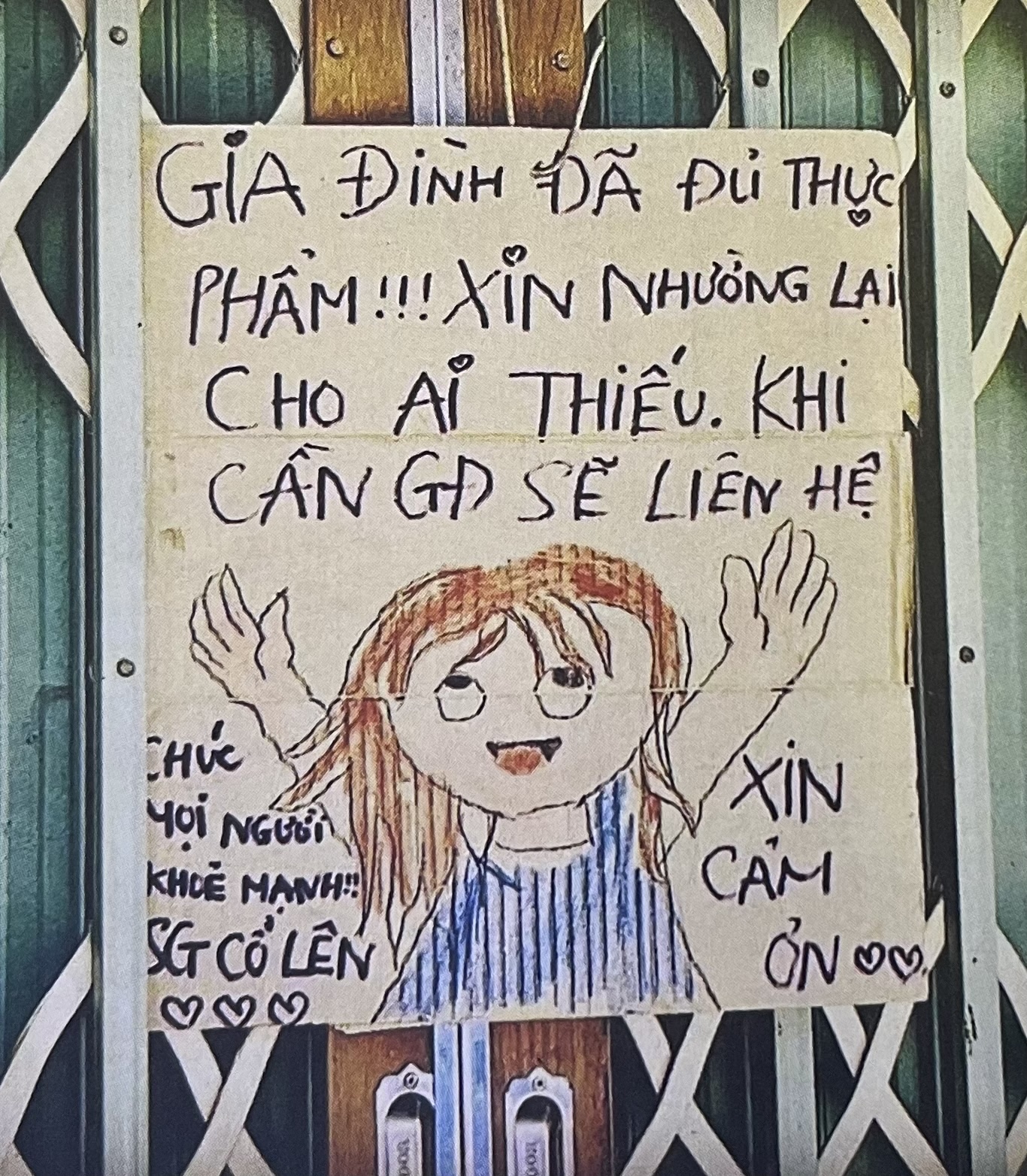 |
A family posts a notice offering food to those in need. Photo: "Saigon's Embrace" |
A family posts a notice offering food to those in need. Photo: "Saigon's Embrace"
The third section, "The Final Victims," leaves Hanh with much contemplation. At the book launch, she choked up repeatedly while discussing children who lost loved ones to Covid-19. She shares a heartbreaking story: "On 5/10/2021, we visited Be Mi. She lamented, 'I tried to get into university as my father wished, now that he's gone, what will I do?' Nguyen Thi Be Mi received her acceptance letter to Saigon University along with her father's ashes. She whispered to him, 'I got into university like you wanted.' Everyone in the alley rejoiced and felt for Be Mi, as it was the first time in over a decade that someone from their poor neighborhood had 'gotten into university,' only to be suddenly orphaned."
Hanh borrowed the book title from cybersecurity engineer Duong Ngoc Thai's VnExpress article, "Saigon's 'Abundant' Compassion." She explains that "bao thuong" (abundant compassion) is a southern Vietnamese expression, similar to "bao ngon" (very delicious) or "bao re" (very cheap). The lasting legacy of the pandemic is human kindness, as Thai wrote after receiving support from Vietnamese people at home and abroad: "As a Saigon native, I felt like my own family had suffered a great tragedy, only to have so many strangers rush in to help. I don't know when I can ever repay this kindness."
In the foreword, businessman Pham Phu Ngoc Trai praises Hanh's firsthand storytelling, not just observing and recording, but actively participating and contributing. "Charity programs like Vong Tay Viet, groups of young people quietly cooking thousands of meals daily, small traders silently keeping prices stable, donating vegetables, sharing meals—all recounted like a quiet yet resounding chorus," he writes. Reading the book feels like reliving a shared experience of a community filled with "abundant compassion."
According to writer and journalist Nguyen Thi Ngoc Hai, Hanh doesn't simply list facts like a research paper but employs a narrative style, observing and portraying individual destinies. The book combines reporting and analysis with personal stories, depicting a life brimming with love. Hanh also interviewed individuals to understand their thoughts and feelings. "Hanh's book has pioneered the storytelling of Saigon during the pandemic," Hai states.
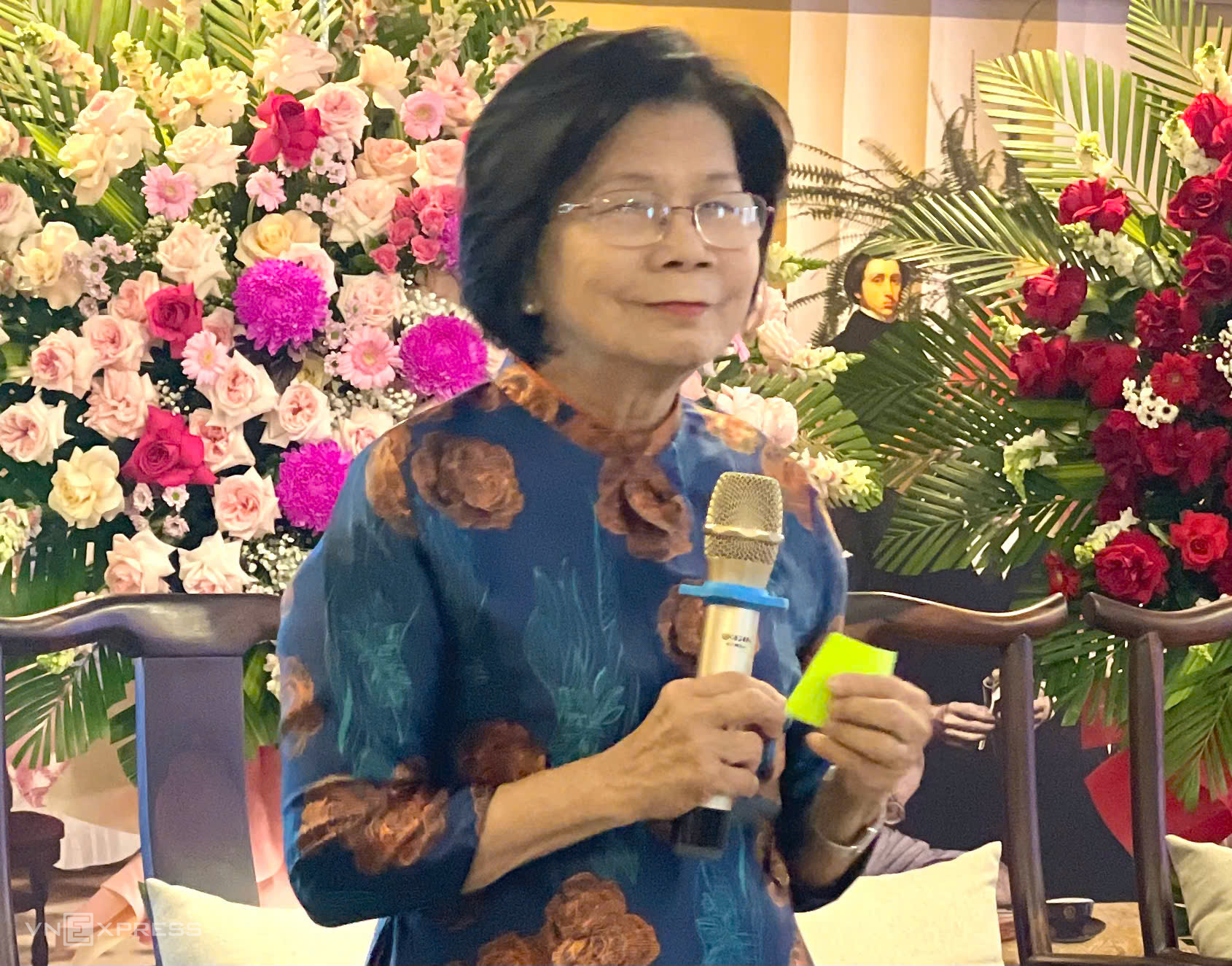 |
Journalist Vu Kim Hanh at the book launch in Hanoi on 14/9. The 74-year-old formerly served as editor-in-chief of Tuoi Tre newspaper and managing editor of Saigon Tiep Thi newspaper. She is currently the president of the Vietnamese High-Quality Goods Business Association. Photo: Phuong Linh |
Journalist Vu Kim Hanh at the book launch in Hanoi on 14/9. The 74-year-old formerly served as editor-in-chief of Tuoi Tre newspaper and managing editor of Saigon Tiep Thi newspaper. She is currently the president of the Vietnamese High-Quality Goods Business Association. Photo: Phuong Linh
Phuong Linh




